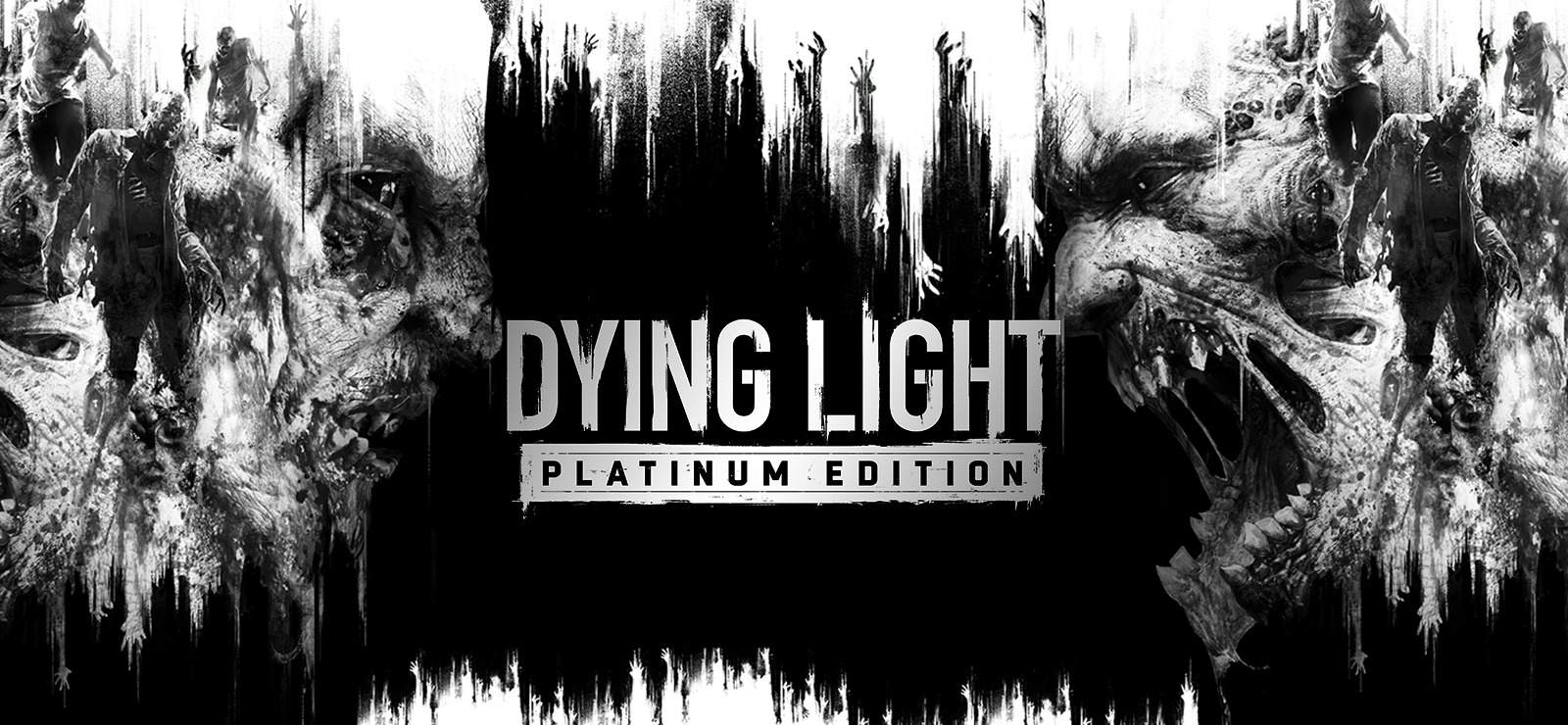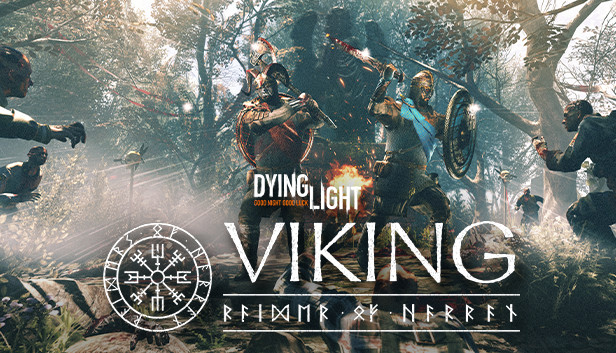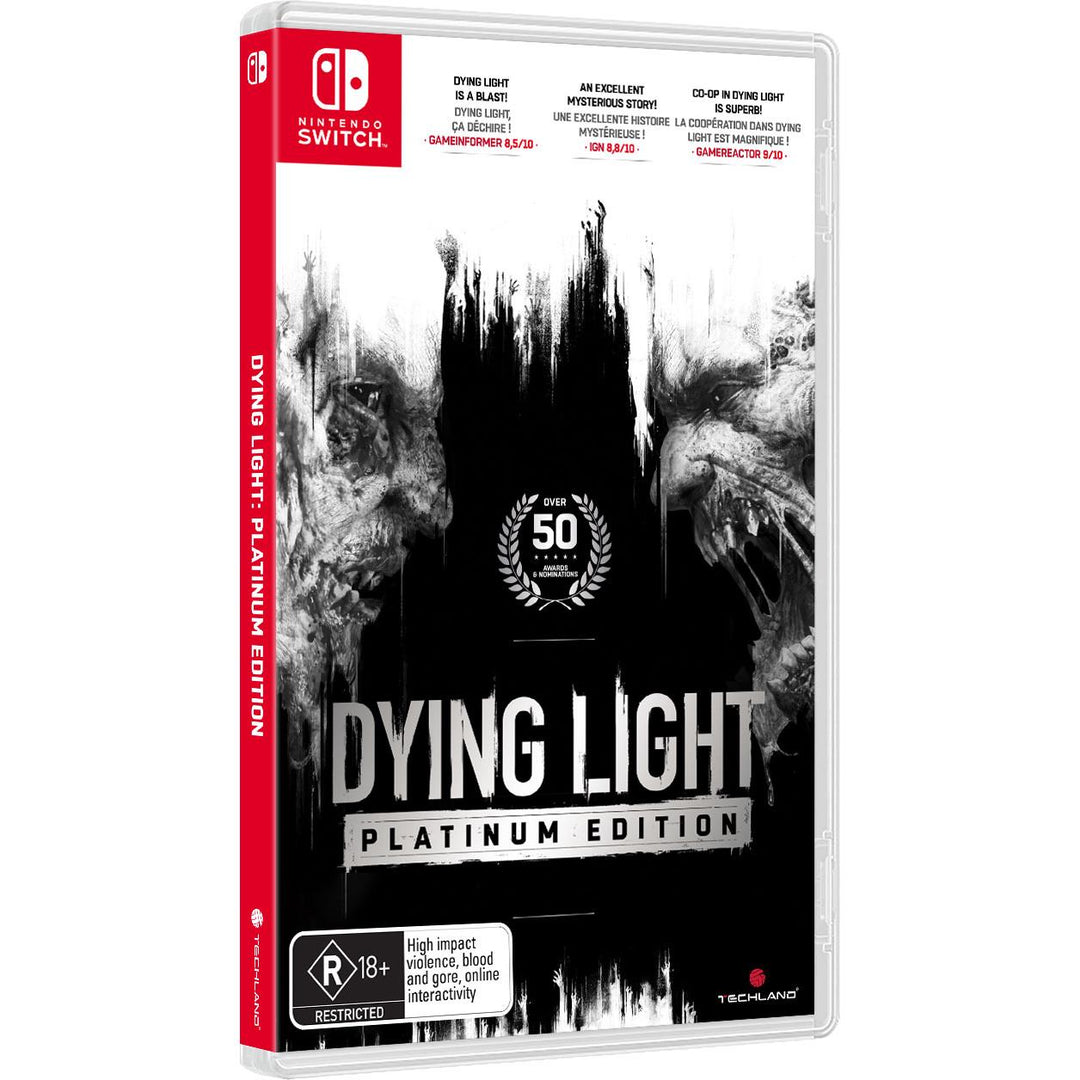



She employs thin sheets of coloured plastic to tint the light from windows and artificial sources in sumptuous amber, golden or rosy tones. The artist seeks to re-enchant fleeting experiences with the poetics of light and the unveiled artifice of the low-tech tools of photographic special effects and movie magic. “You have to have a lot of love for something to really thoroughly critique it.” Hastening to soften her statement, she adds, “Gently.” “I had a love for photography since I was quite young,” Westman recalls, speaking about her enigmatic position as a photographer who doesn’t make photographs.

Westman’s work is tinged with dying light and sadness, perhaps because photography is a perpetually backward-looking medium, or maybe because she has had to part with a beloved pastime. In my discussions with the artist, she noted the exploitative history of photography as well as “a myth of objective documentation,” or, as phrased so grandly by French philosopher Roland Barthes, as “authentication itself.” Troubled by the metaphorical and ideological violence of photography-taking, capturing, and shooting an image-Westman’s search for an equitable photography led her away from pictures. They dreamed of enslaving the sun, forcing fingers of light to draw their pictures in emulsions of precious metal painted on glass. After all, she muses, “All an image is, is light and not light.”Įarly photographers such as Louis Daguerre sought to invert the destructive action of the sun’s rays on their images. The sun is a nuclear furnace blasting the earth with beams of radiation: mortifying the fragile works of humans, causing the disintegration of delicate fibres and pigments.Īnd yet, sunlight, in photographer Nicole Kelly Westman’s mind, is a collaborator.


 0 kommentar(er)
0 kommentar(er)
